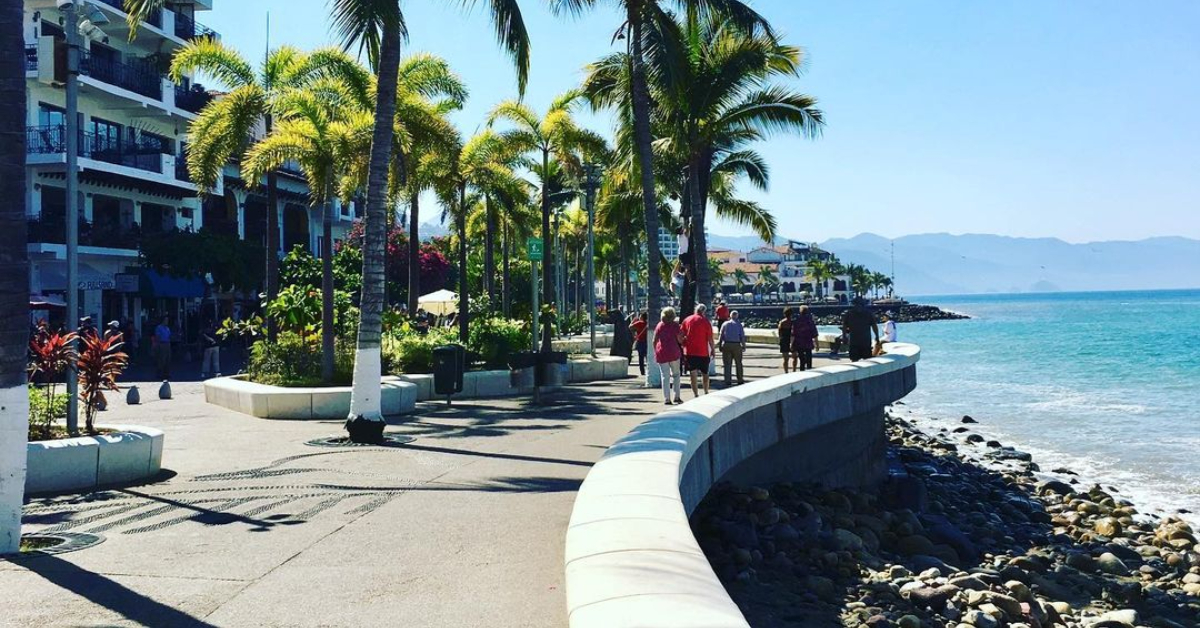Despite constant security alerts, the number of North Americans coming to live in Mexico is increasing by 90%. 42% reside in “dangerous” cities . . .


Despite constant security alerts, the number of North Americans coming to live in Mexico is increasing by 90%. 42% reside in “dangerous” cities . . .
